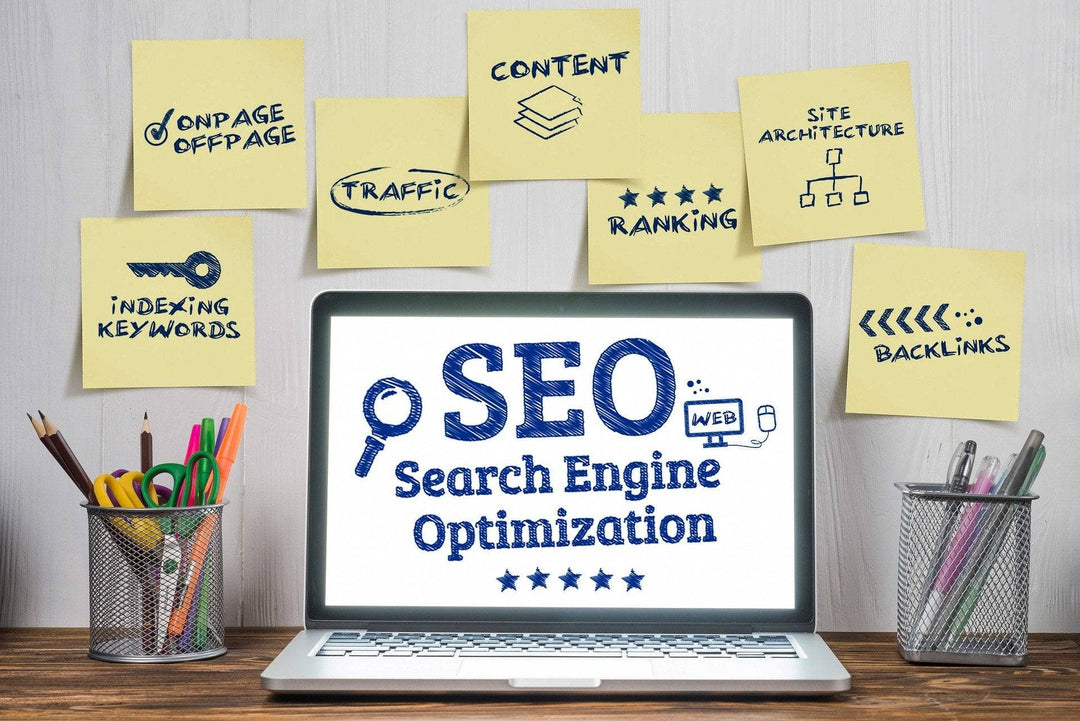Overview
This guide explains Shopify, a user-friendly eCommerce platform for creating online stores. It covers its benefits, setting up a store, customization options, enhancing customer experience, marketing strategies, and measuring success. Follow these steps to launch and grow your online business effectively.
Frequently Asked Questions
1. What is Shopify?
2. What are the main benefits of using Shopify?
3. How do I set up my Shopify store?
4. How can I customize my Shopify store effectively?
5. What marketing strategies can I use for my Shopify store?
If you're looking to launch an online store, you've likely stumbled upon the word "Shopify". But what exactly is it? Shopify has quickly become one of the most popular eCommerce platforms for entrepreneurs and small businesses. In this beginner's guide, we will discuss the basics of understanding Shopify, including its features, benefits, and how to navigate your way through the platform for optimal Shopify site customization. So, grab a cup of coffee and let’s dive in!
What is Shopify?
Shopify is a comprehensive eCommerce platform that allows individuals and businesses to create and manage their own online store without needing to have extensive coding knowledge. It offers a simple, user-friendly interface that facilitates the process of setting up a store, managing inventory, processing payments, and enhancing customer experience.
Why Choose Shopify?
There are several reasons why Shopify is a preferred choice among online retailers:
- User-Friendly Interface: Even if you're not tech-savvy, Shopify’s intuitive layout makes it easy for anyone to set up their store in minutes.
- Flexible Payment Options: Shopify supports a diverse range of payment gateways, allowing your customers to pay using their preferred method.
- Robust App Ecosystem: With thousands of apps available, you can enhance your store's capabilities, from increasing sales to improving SEO.
- Mobile Responsiveness: Shopify themes are designed to be responsive, ensuring that your store looks great on all devices.
- Excellent Customer Support: Shopify offers 24/7 customer service, so you can always get help when you need it.
Setting Up Your Shopify Store
Once you’ve decided to use Shopify, the next step is to set up your store. Follow these simple steps to get started:
1. Sign Up for Shopify
Go to the Shopify website and sign up for a free trial. You’ll need to create an account by providing your email, password, and store name.
2. Choose Your Store Theme
Shopify offers a variety of themes, both free and paid. When selecting a theme, consider how it aligns with your brand's identity. You can customize everything from colors to layout, allowing for extensive Shopify site customization.
3. Add Your Products
Once your theme is in place, begin adding products. Be sure to include high-quality images, thorough descriptions, and relevant tags for SEO. Consider utilizing AI search autocomplete for eCommerce tools to enhance product discoverability.
4. Set Up Payment Gateways
Shopify supports many payment gateways, so make sure to choose the ones that best fit your business model. You’ll need to follow the prompts to set them up securely.
5. Configure Shipping Settings
Establish your shipping rates and methods based on your target market. Shopify allows you to offer local, national, and international shipping options, and you can adjust rates based on weight, price, or geographical zones.
Customizing Your Shopify Store
Proper customization can significantly enhance your store's performance and customer engagement. Here are some critical areas for Shopify site customization:
Store Layout
Consider how your customers will navigate your store. The layout should be logical, guiding shoppers easily from the homepage to product pages and checkout. Utilize different sections like ‘Featured Products’ and ‘New Arrivals’ to showcase your top sellers.

Branding Elements
Incorporate your brand's colors, logo, and imagery throughout your store. Strong branding helps build trust and creates a cohesive experience for shoppers. Make sure your homepage communicates your value proposition clearly.
SEO Optimization
Enhance your store's online visibility by using SEO best practices. Don’t forget to:
- Use relevant keywords in your titles and product descriptions.
- Optimize URLs to be clean and descriptive.
- Create alt text for images to help with search rankings.
- Implement internal linking throughout your site.
Enhancing Customer Experience
Above all, your goal is to provide an excellent shopping experience. Here are strategies to achieve that:
Customer Preferences
Even though customization is key, also pay attention to consumer preferences. Research shows that customers prefer features that simplify their shopping experience, like:
- Easy navigation and product categorization.
- Personalized product recommendations based on browsing history.
- Quick access to customer support via chat or email.
Using AI for Enhanced Features
Leveraging technology can help elevate the customer experience. Integrate features like AI search autocomplete for eCommerce; this can significantly streamline the search process, allowing customers to find exactly what they need more quickly.
Marketing Your Shopify Store
Once your store is up and running, it's time to think about how to drive traffic and convert visitors into customers. Consider implementing the following marketing strategies:
Social Media Marketing
Utilizing platforms such as Instagram, Facebook, and Pinterest can drive organic traffic to your store. Regularly post engaging content that resonates with your target audience. Ensure to include direct links to your products within your posts to redirect traffic back to your Shopify store.
Email Marketing
Building an email list from the start will allow you to engage customers through newsletters and promotional offers. Use Shopify’s email marketing integration to stay in touch with customers and notify them of discounts, new products, or content that adds value.
Content Marketing
Consider starting a blog related to your niche, offering valuable insights and tips to your audience. SEO-optimized blog posts can drive substantial traffic to your store while establishing you as an authority in your field.
Measuring Success
Once your store is live, you’ll want to measure its performance. Use Shopify’s built-in analytics tools to track key metrics such as:
- Total sales and revenue.
- Customer conversion rate.
- Traffic sources to understand where your customers are coming from.
- Shopping cart abandonment rates to identify points of friction.
By continually analyzing these metrics, you can make informed decisions about your marketing strategies, product offerings, and overall store layout, leading to continual improvement and success.
Wrapping Up Your Shopify Journey
Starting an eCommerce business can be a fulfilling journey if approached with the right tools and strategies. With Shopify, you have a robust platform that makes it easier to launch, manage, and scale your online store. By understanding the basics of Shopify, focusing on customization, implementing smart marketing strategies, and prioritizing the customer experience, you are well on your way to creating a prosperous eCommerce business. Here’s to your success in the world of online retail!
Linked Product

Shopify Basic Simple Site Package
The Shopify Basic Simple Site Package is designed for businesses seeking an effective online presence without unnecessary complexity. It includes customizable templates that align with your brand, allowing you to showcase your products and share your story through a streamlined homepage and a product page. This package is ideal for those who want to provide essential information to customers while maintaining a clean and professional website design.
View Product





Leave a comment